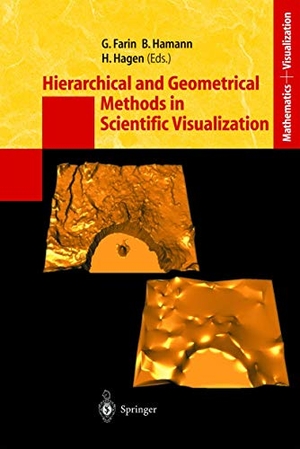
Hierarchical and Geometrical Methods in Scientific Visualization
- Springer Berlin Heidelberg
- 2002
- Gebunden
- 376 Seiten
- ISBN 9783540433132
The nature of the physical Universe has been increasingly better understood in recent years, and cosmological concepts have undergone a rapid evolution (see, e.g., [11], [2],or [5]). Although there are alternate theories, it is generally believed that the large-scale relationships and homogeneities that we see can only be explainedby having the universe expand suddenlyin a very early ¿in?ationary¿ period. Subsequent evolution of the Universe is described by the Hubble expansion, the observation that the galaxies are ?ying away from each other. We can attribute di?erent rates of this expansion to domination of di?erent cosmological processes, beginning with radiation, evolving to matter domination, and, relatively recently, to
Mehr
Weniger
zzgl. Versand
in Kürze